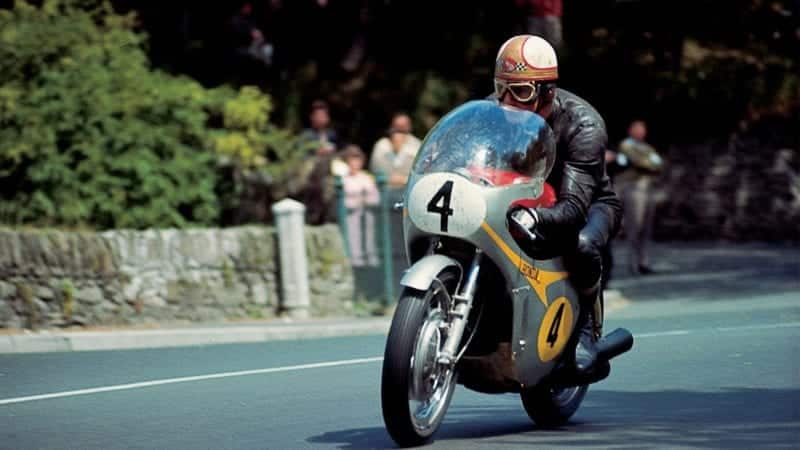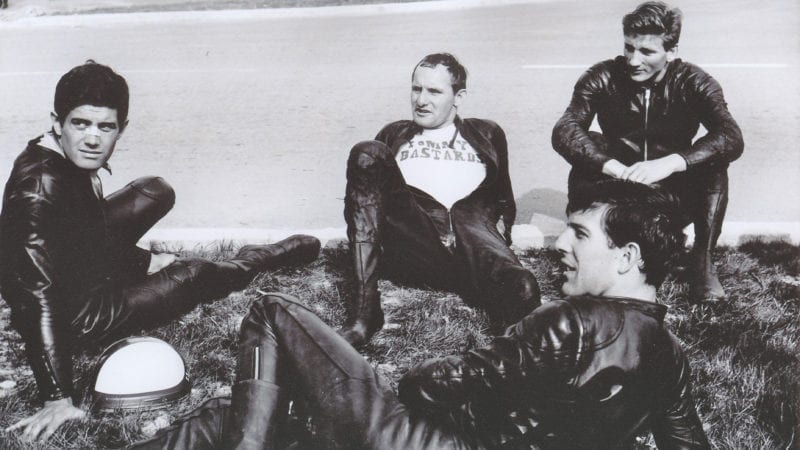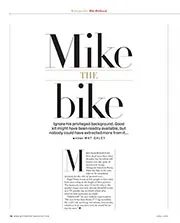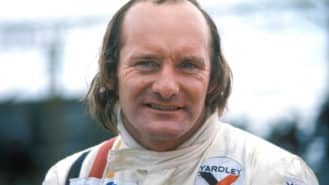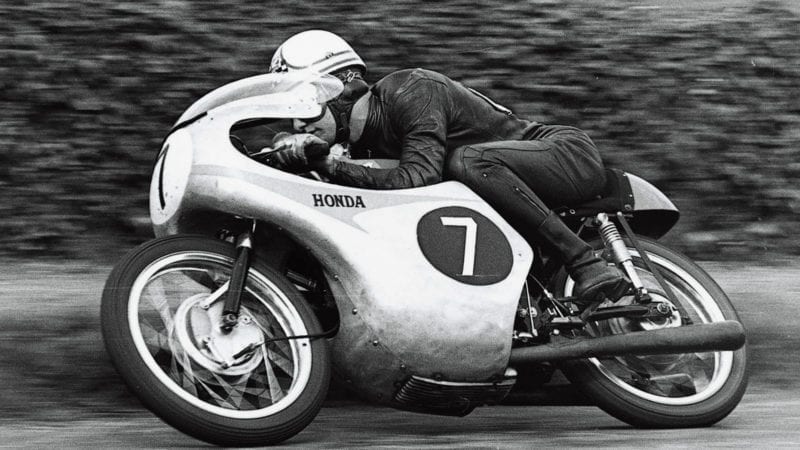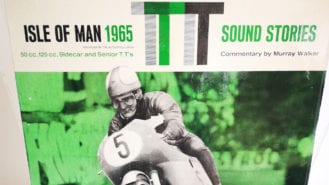“If you cobbled something together and gave it to him he’d wring its neck right away without thinking about it,” added Bryans. “Most riders want the bike to be right before you can do your best, but Mike didn’t seem to bother that much. He had an extraordinary talent for riding practically anything.”
Williams never quite got over the fact that Hailwood rode Honda’s evil-handling RC181 500 GP bike to victory in the 1967 Senior TT, with a loose throttle.
“He automatically made allowances for any disadvantage the bike was giving him,” added Williams. “I mean, how on earth do you win a TT with a loose throttle? Just absolutely mind-blowing.”
And all this despite his infamous lack of technical knowhow. Bryans again: “His mechanical knowledge was practically zero – he didn’t have the remotest idea. I was there when he jumped aboard the 250 six for the first time at Suzuka. He came back in and they asked him what it was like and he said, ‘Bloody awful!’. But as for what was it doing and what could they do to fix it – absolutely no feedback whatsoever. It was lucky there wasn’t much set-up to do in those days – there was only one tyre choice and we’d set the suspension at the start of the year and never touch it again.”
“He wouldn’t have entered if he wasn’t sure of winning; he wasn’t a second or third man”
Ten years ago I asked Giacomo Agostini, Hailwood’s biggest rival on the world stage, what he was like.
“Mike was like Casey Stoner today,” he replied. “If the bike is good or not so good, for him it’s about the same. I remember in ’65 when we both rode MV 500s. I tried his bike and it was a shit bike. Then he tried my bike and he said, ‘Oh Ago, it’s fantastic’. The bikes were the same, only my settings were better. But for him the lap time was the same with both.”
Ago enjoyed his many battles with Hailwood because he could trust him. “Mike was very, very fast and very honest. He liked to win with his own power, not with other things like some other riders. It was nice to battle very close with him. Riding very close can be very dangerous, but not with him.”
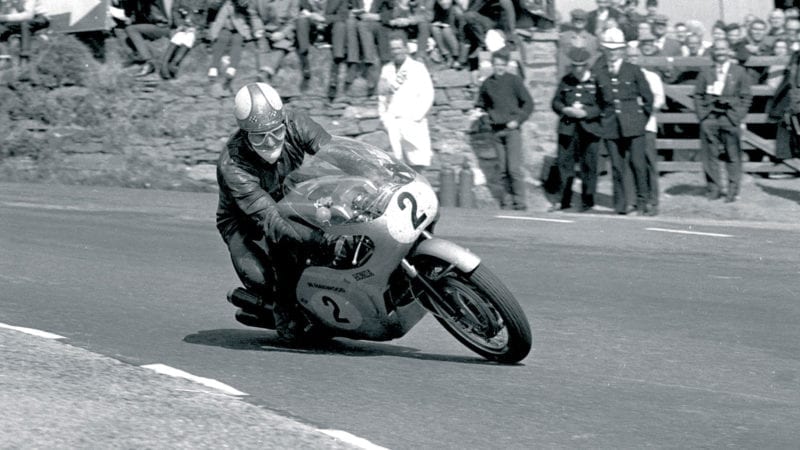
Hailwood and the Honda RC181 on their way to victory in the 1966 Senior, one of his 14 TT victories
Honda
In fact Hailwood did use “other things”, including psychological warfare. Pat Slinn, who helped fettle Hailwood’s Ducati 900SS during his magical Island comeback in 1978, recalled a funny moment during practice week.
“Mike was the psychological master at winding people up,” said Slinn. “We were in pit lane with [Yamaha mechanic] Nobby Clark, and Mike had just done a couple of very quick laps on the Yamaha 500, riding round with Mick Grant. Mick said, ‘I nearly got past you here’ and ‘I wanted to come past here but I thought I’d better not’. Then Mike turned to Nobby and said, ‘That reminds me, can you check it out, I think the bloody thing was only running on three’. I thought that was absolutely amazing.”
